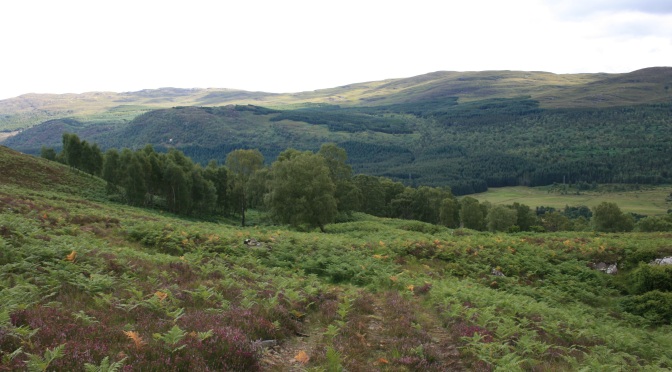
At what point does a species become a native species? That’s a question that’s been floating around in my mind with increasing frequency today – but does it have a definitive answer? And if not, does that really matter? The Brown Hare, for example, was introduced to Britain 2000 years ago, but many people think of them as indigenous wildlife and an iconic component of the British countryside. Fallow Deer were also brought over by the Romans around this time, yet endear themselves to many in the country. But then you have the Grey Squirrel: brought across the pond from the Eastern United States during the 1870s and demonised, justifiably, by most as an invasive species requiring eradication at a cost of many millions of pounds.









